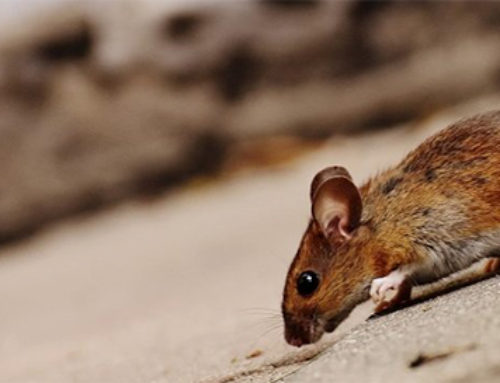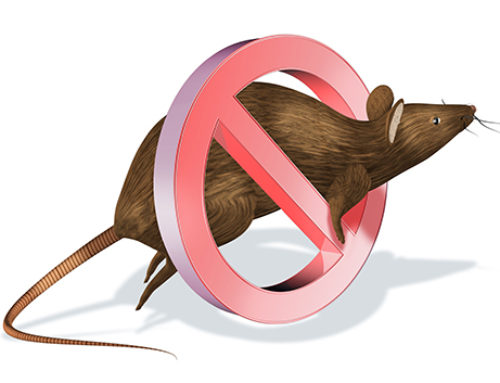Do you want to know what the most prevalent rodents in Utah are?
Living in Utah means living in a place where the weather changes every hour. That said, these dramatic environmental factors greatly affect the type of species that can flourish in the state.
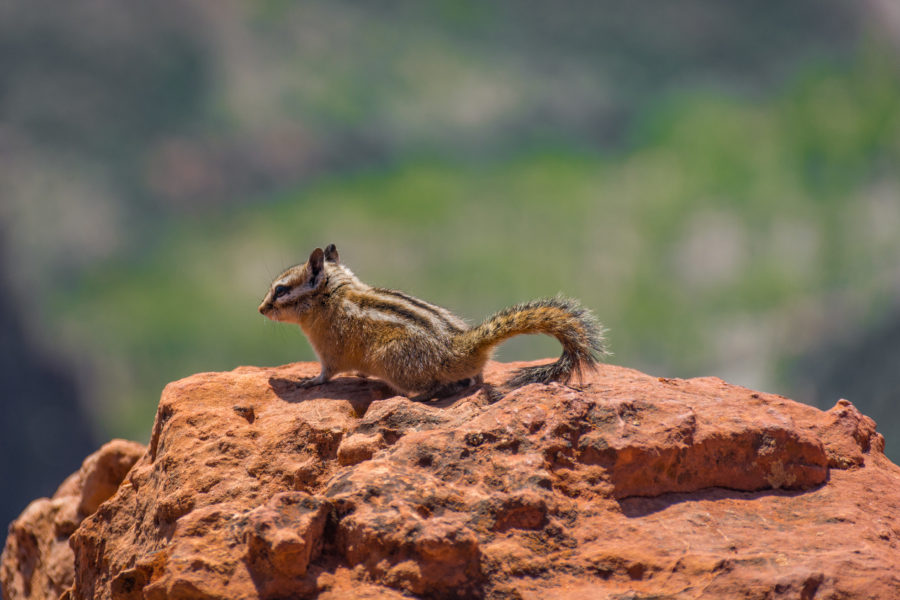
Below, we’ve compiled a list of the most common rodents in Utah. Enjoy!
List of Rodents in Utah / Common rodents in Utah – What kind of rodents live in Utah?
Deer mice
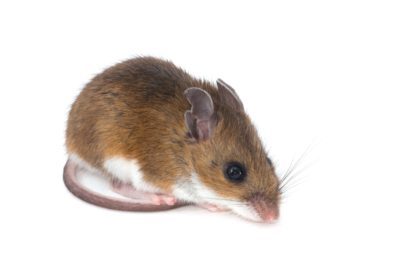
Characteristics
Firstly, the deer mouse is a rodent commonly found throughout much of North America, including Utah. These mice measure approximately 12 to 28 cm in length, from nose to tail. As far as weight is concerned, deer mice are typically 15 to 32 grams. Additionally, their fur is strikingly similar to that of a deer, which is where they get their name. Normally with a gray to brown goat and white underbelly and legs. The characteristic that sets them apart from the rest, is their multicolored tail which is darker on top, and lighter underneath. People commonly refer to deer mice as “field mice”.
Habitat – Where can you find Deer Mice in Utah?
This type of mouse is very common due to the fact that it can thrive in a variety of habitats, ranging from grasslands to deserts, and even coniferous forests.
Behaviors
The deer mouse eats a variety of foods, including but not limited to, small invertebrates, seeds and other plants. Deer mice have the ability to produce several litters per year. Gestation lasts about three weeks. As a result, the young grow to independence at two to three weeks after birth. Their average litter size is about five.
Deer mice weren’t talked about much until they gained a significant amount of popularity in the early 1990’s, when they were linked to hantavirus. Hantavirus is a virus which can create pulmonary problems in humans, sometimes even resulting in death. With this in mind, many refer to this illness as the “Deer Mice Disease”.
Voles
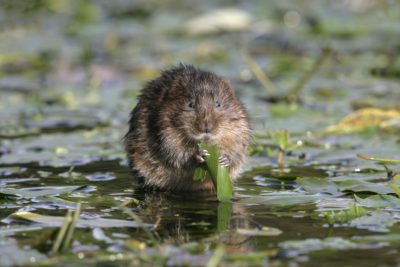
Characteristics
Voles, sometimes referred to as Meadow Mice, are mouse-shaped animals that typically grow 5 to 10 inches in length. Unlike a mouse, voles have short tails and very small ears. That said, larger voles are often confused with pocket gophers. Furthermore, both voles and pocket gophers are categorized as burrowing rodents.
Habitat – Where can you find Voles in Utah?
Voles can be found in grassy areas, and are active year round, during both day and night times. Yet. it is hard to spot one, because the majority of their time is spent underground.
Behaviors
Voles breed throughout the year, with females producing up to 5 litters each year. Consequently, some of these litters can contain up to 10 young, per litter. The youngest females that can begin breeding are about 40 days old. As you can imagine, vole populations can grow very large, very quickly!
Norway Rats
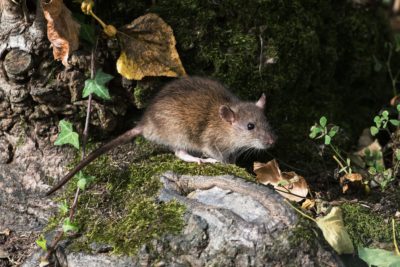
Characteristics
Norway Rats, which are considered one of the largest rats in Utah, are an average of 16 inches in length, from the tip of the nose to the end of the tail. The coat on these rats ranges from gray to reddish-brown, but is most commonly grayish-brown.
Habitat – Where can you find Norway Rats in Utah?
The nesting habits of a Norway Rat vary depending on their available surroundings. However, these critters are often found nesting under slabs of concrete, low-growing vegetation, rock piles or nests made from burrows in the ground.
Behaviors
Norway Rats feed on an array of whatever is available. In other words, any food products they can get their hands on. Such as: trash, carrion, etc. These rats are significant due to the fact that they can transmit disease to humans, ruin stored food products and are a nuisance in and around buildings.
Types of Squirrels in Utah – are squirrels rodents?
The answer is: Yes! Squirrels belong to the family Sciuridae, which is a family that includes small and/or medium sized rodents.
Ground Squirrels
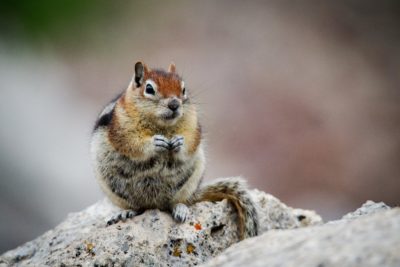
Characteristics
The Uinta Ground Squirrel, commonly referred to as a “Potgut” in Northern Utah, is a species of rodent which is native to the western United States. These squirrels are moderately sized, reaching approximately 11 to 12 inches in length and about 7 oz in weight. As far as coloring is concerned, ground squirrels fur is typically brown to cinnamon in color, with the lightest part of their coat located on the underbelly.
Habitat – Where can you find Ground Squirrels in Utah?
Where To Find Ground Squirrels In Utah?
Ground squirrels were first discovered in the Uinta Mountains, and can now be found in Wyoming, Montana, Idaho as well as Northern and Central Utah. Importantly, you are most likely to find a ground squirrel in open areas, such as meadows and pastures. Their preferred elevation levels are between 4,000 and 8,010 ft. Additionally, these squirrels have no record of any subspecies.
Behavior
Being primarily herbivorous, the ground squirrel feasts mostly on grass, seeds and leaves. Controversely, they also live off of a small amount of earthworms and thrown-out human food. Their most common predators include: Coyotes, badgers, weasels and raptors.
Ground squirrels greet each other by sniffing, which eventually escalates to threat postures and wrestling/boxing, if you can believe it. These squirrels make six distinct vocalisations, including: chirps, squeals, squawks, growls, trills and even teeth clattering. There is no question that these sounds are primarily used in order to warn off aerial predators, or to warn of predators on the ground (with squirrels hearing the warnings and running to their burrows). The Uinta ground squirrel is only active a few months out of each year. Due to that fact, the remaining months are spent in hibernation and preparation for the next season.
Utah Prairie Dog
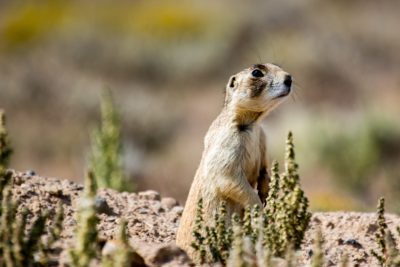
Characteristics
The Utah Prairie Dog (Cynomys parvidens) is the smallest species of prairie dog, a member of the squirrel family of rodents. These rodents have fur which is multi-color, consisting mainly of black, brown and dark brown colors. Along with dark brown cheeks, Utah prairie dogs have white fur around their chins and mouth. Total body length measures approximately 30 cm to 36 cm, with 3-6 cm being the tail. Adult prairie dogs weigh an average of 0.77 kg to 1.41 kg.
Habitat – Where can you find a Prairie Dog in Utah?
Utah prairie dogs prefer land which is plentiful with herbaceous plants. To achieve ideal soils for burrowing, and to protect them from predators and environmental factors.
Behaviors
The Utah prairie dog builds extensive underground tunnels and “towns”, each composed of chambers and a population of members referred to as a prairie dog family, or “clan”. They forage from dawn to dusk.


